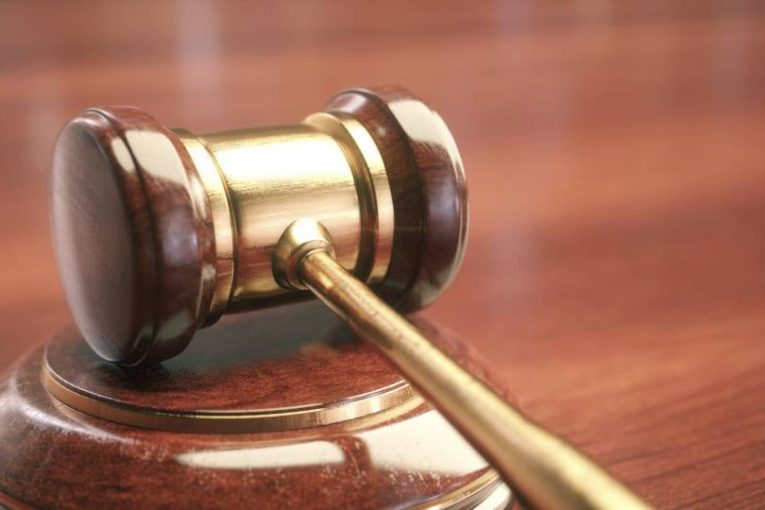

By Evie Sun and Kelly Moran
Findings from a newly released study published in Memory Magazine suggest that eyewitness testimony may be even less reliable than previously thought, despite the initial high confidence eyewitnesses have in what they saw and who they identified.
Even when eyewitnesses are confident in their memory, many times they still end up being incorrect, especially when that confidence is “inflated when police use suggestive identification procedures,” researchers claim.
This is increasingly important as defendants have been wrongly convicted due to eyewitness testimony, only proved faulty after DNA evidence was later able to exonerate them. For some, the unknowingly false claims from an eyewitness became the final nail in their coffin, the study noted.
Shari R. Berkowitz, Brandon L. Garret, Kimberly M. Fenn, and Elizabeth F. Loftus worked together to research the subject in an effort to show how much is still unknown about the reliability of eyewitness testimony and to point out how much more needs to be learned about high confidence errors.
Berkowitz et al. first describe eyewitnesses’ initial confidence in actual cases of DNA exoneration. They found that mistaken eyewitness identifications occurred in 190 (or 76 percent) of DNA  exoneration cases. Of these 191 cases, trial records were obtained for 161 (85 percent).
exoneration cases. Of these 191 cases, trial records were obtained for 161 (85 percent).
However, 91 of these 161 cases (57 percent) faced eyewitness reliability issues. For instance, in 64 out of the 161 trials (40 percent), the eyewitnesses identified a filler, an innocent person placed in the lineup, another suspect, or no one from the identification procedure.
One of the issues researchers faced in evaluating the confidence levels of eyewitnesses lay in the lack of data available. The authors state that “it was not common practice to collect or record eyewitness confidence in the 1980s and 1990s.”
“The entire identification procedure was recorded in only four of those 161 DNA exoneration cases,” they continued. The only data they had to work with solely reflected what was said at the trial, rather than the initial statement by the eyewitness, making it difficult for the researchers to verify if the eyewitness’s confidence in what they saw changed from the very moment they saw it, to their testimony in court.
The researchers also point out that “eyewitnesses were not always asked at trial how confident they had been at the time of an earlier lineup, “indicating that attention was not always drawn to their confidence in their statement, which means the jury was not given a full picture of the eyewitness testimony and may have given it higher precedence when deciding the verdict.”
Focusing on the issue of missing data, the authors assert that there is no way to tell how often eye witnesses who are highly confident in their initial identification of a suspect are incorrect.
“There is no database that records how many arrests or trials in a given year rely on eyewitness testimony (nor how confident the eyewitness was in their identification),” the study states, “nor do we know how many of these cases resulted in trial or conviction, yet alone wrongful accusation or conviction.”
Researchers also examined the impact of eyewitness memory.
According to the National Research Council (2014), “its contents can be forgotten or contaminated at multiple stages, it can be biased by the very practices designed to elicit recall, and it is also heavily swayed by emotional states associated with witnessed events and their recall.”
Researchers emphasized that “confidence trumps all” and “memory is reliable” messages undermine the nature of human memory. Eyewitnesses may also be exposed to memory contamination prior to their trial, which can affect their confidence in their identification.
According to Berkowitz et al., “confidence trumps all” message fails to acknowledge how misinformation can affect memory.
The authors also mention that the amount of reliance on confidence changes depending on the age of the witness.
For example, children under 11 years are more likely to be confident in an incorrect identification. The same goes for adults over the age of 40, whose testimonies are seen as less reliable or valuable as they get older.
There are several factors that influence the relationship between confidence and accuracy in an eyewitness’s testimony, including potentially biased lineup procedures, the eyewitness’s ability to recognize faces, and the age of the eyewitness, among others.
As the authors point out, there is still much research needed to determine reliability standards for eyewitness testimonies. “We are still a long way from concluding that an eyewitness’s initial high confidence in a real-world criminal case is a guarantee of accuracy,” they wrote.
But at the very least, while research continues, “judges and juries should be advised of the problems with courtroom confidence,” according to the authors, “and judges should be wary of the suggestive circumstances surrounding in-court identifications.”
 Evie Sun is a third-year student at UCLA, studying Sociology. She is from the East Bay Area.
Evie Sun is a third-year student at UCLA, studying Sociology. She is from the East Bay Area. 
Kelly Moran is currently a senior at Santa Clara University, though originally from Connecticut. She is majoring in English, with a focus on British Literature and Professional Writing, and is also minoring in Journalism.
To sign up for our new newsletter – Everyday Injustice – https://tinyurl.com/yyultcf9
Support our work – to become a sustaining at $5 – $10- $25 per month hit the link: